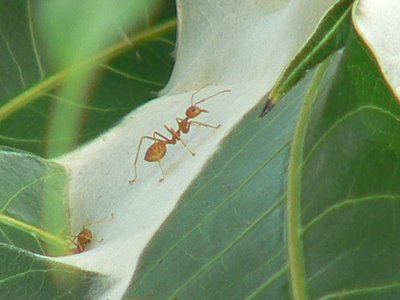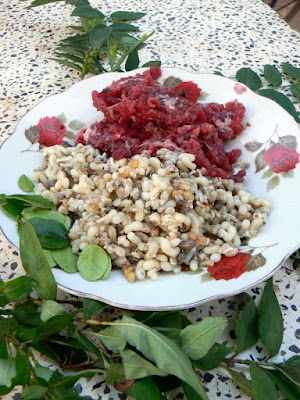No reason to blog anymore, I just read
lao miao.Other fun things I’ve noticed there are Thai script and Chinese Characters appearing mid sentence. I know there are a couple people who have read my blog who read and write Thai as well as Mandarin. Take a look. It’s greek to me. I recognise the root symbols of the characters, you know, fire, field, person, whatever. It’s been so long since my fifty character vocabulary has been exercised that it all seems vaguely familiar yet I understand nada.
Even if I could learn to write a whole word in Lao it would be a major obstacle to figure out how to use a keyboard and make a document in two, or three, languages. Don't start looking for similar things here very soon.
Nice short piece about some off colour
post cards in Muang Sing. One of those curios you notice and pass off as crass humour, but it never registers until someone points it out.
For a while she was posting often and there would be more every time I logged on. Currently (on the blog) she is in Phongsali, and I keep going back to the blog as I really liked Phongsali town. Hope she writes more about it.
I’ve linked to three more web sites also.
Travelfish I’ve been reading for a couple of years. It's simply the best online guide to South East Asia, nothing else even comes close. I haven’t traveled much outside of Laos for quite a while so I don’t use a guide in it’s conventional sense. I do like to read about what other people think of the places I’ve been and I find their information to be on the money.
Potentially the most useful feature of the site is it’s forum. It’s not that it’s fun for me to read for entertainment. I go there once a month to see if there is any news I’ve missed or to add my two cents. South East Asia is their specialty, and their information is based on first hand experiences. If you pose a question, and don’t get the correct answer very shortly, their moderator will answer it. The Lonely Planet Thorn Tree has a lot more “experts”, but on Travelfish questions are answered truthfully without any of the put downs of the more popular site and you aren’t left wondering which expert to believe.
The writing says a lot with a very few words. Unlike yours truly who manages to do just about the opposite.
Chaskemp’s Home Page I linked to even though I don’t think he has ever been to Laos. South East Asia runs all through all the pages of his sites. Charles’ life has been affected by the area and he has directed his interest in a very positive manner.
I just happened to run into the link a couple years ago. He reminisces about his time as a combat soldier with the United States Marines in Vietnam during the height of the war. The Marines are a branch of the service that is usually in busiest parts of our wars. I like the quotes from rock and roll songs of the time, and the old faded photos. Some Marines did me a big favour once so you know how it is, there is a
guanxi debt going on and I’m the one who owes.
If Chaskemp’s links were only about the war they would still be of interest to me, I was a young teen during the time and listened to the same music and was paying attention the world at large.
The thing that raises the blog above the level of many Vietnam remembering blogs is that the war is only the background that led to today. I think Chaskemp is a nurse practioner. I thought I remembered reading that and now I can’t find it. In any case he has worked many, many , years at the Agape clinic and with refugees from Cambodia, Burma, and who knows where else. He has helped an unknown number of people to adjust to life in the USA after they have experienced some pretty bad things. His links lead to translations of common health problems into most South East Asia Mainland languages, including Laotian. Lota good karma built up there.
There’s more. There’s also a travel guide on how to go to Hong Kong and South East Asia without spending a ton. I haven’t read this part much at all. I already spend very little. I like the style, not cheap, just doesn’t fling his money around. Probably would rather spend it on his wife or son. Who even cares how fancy a room you have if you are only there for a few hours to sleep and shower. A section on flowers, restaurants in East Dallas, (bet there are places to buy pho).
The Kammu pages are a gold mine I ran into while wandering the net. Now that I have the link I can’t find the story of how the pages began. As best I remember the writer worked for a researcher in the mid 1960s and helped the researcher to understand various plant uses. He began to compile a list of plants used for various things and came up with hundreds. Later in the Netherlands he assisted a botanical research group to come and study the plants.
The web site is written with an insiders knowledge of Kammu society.
I’ve met some Kammu, but know very little about them other than that they are the original inhabitants of Laos. I hope that with a careful reading of these pages I will pay closer attention next time I meet some or go to a village.
Next blog entry…. Lao Terrorists.

 Here’s the photo from then. You can see the white nest in the background.
Here’s the photo from then. You can see the white nest in the background.








